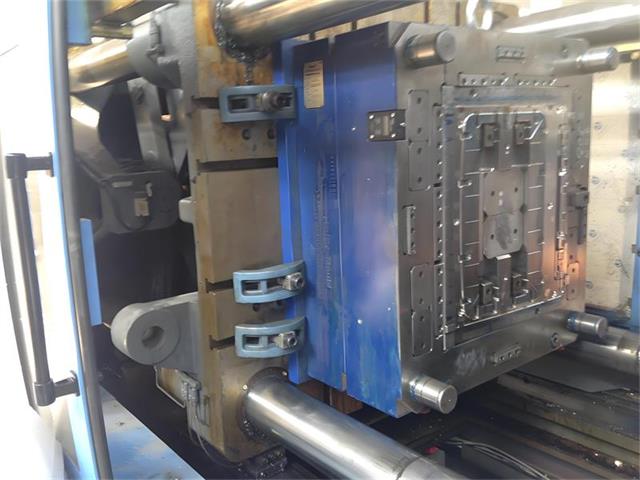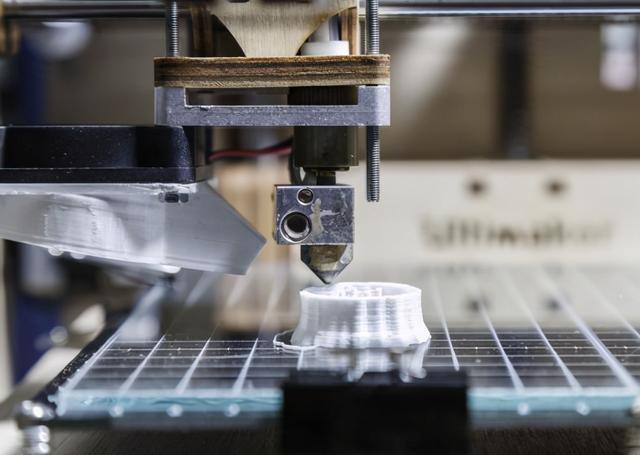Table of Contents
1. Understanding the Basics
2. Key Considerations for Your Project
3. Comparing Costs: Injection Molding vs. 3D Printing
4. Production Speed and Efficiency
5. Material Selection and Product Durability
6. Complexity and Design Flexibility
7. Making the Right Choice for Your Business
8. Why Choose Ningbo Tiehou Auto Parts for Your Manufacturing Needs
9. Conclusion: What’s the Best Fit for Your Project?
Understanding the Basics
When deciding between injection molding and 3D printing for your next project, it’s crucial to understand the strengths and weaknesses of each manufacturing method. Both technologies have revolutionized the production process, but their suitability varies depending on your project’s specific requirements.
Injection Molding is a tried-and-true manufacturing process, particularly well-suited for high-volume production. It involves creating a mold, typically from metal, into which molten material—usually plastic or rubber—is injected. Once cooled, the mold is opened to reveal a perfectly formed part. Injection molding is known for producing consistent, high-quality parts, especially for industries that demand precision and durability, such as automotive, consumer goods, and industrial components.
3D Printing, on the other hand, is a relatively newer technology that builds parts layer by layer using materials like plastic, resin, or metal. It offers unparalleled design flexibility and is ideal for prototyping, custom parts, and low-volume production. 3D printing allows for intricate designs that would be impossible or too costly to achieve with traditional manufacturing methods.
Key Considerations for Your Project
To ensure that your project is a success, it’s essential to consider the following factors when choosing between injection molding and 3D printing:
- Production Volume: How many units do you need?
- Part Complexity: Does your design include intricate details or complex geometries?
- Material Requirements: What materials are best suited for your application?
- Cost: What is your budget for both initial tooling and per-unit production?
- Timeframe: How quickly do you need your parts delivered?
Comparing Costs: Injection Molding vs. 3D Printing
Cost is often the deciding factor when selecting a manufacturing method.
- Injection Molding: While the initial cost of creating a mold can be high, the per-unit cost decreases significantly with higher production volumes. This makes injection molding cost-effective for large-scale production, where thousands or millions of parts are needed.
- 3D Printing: With no need for expensive molds, 3D printing is generally more cost-effective for low-volume production or prototyping. However, the per-unit cost remains relatively high compared to injection molding, especially as production scales up.
Cost Consideration Example:
If your project requires 10,000 parts, injection molding is likely the more economical choice due to its lower per-unit cost. However, if you’re only producing 100 parts, 3D printing may be more suitable as it avoids the high upfront cost of mold creation.
Production Speed and Efficiency
Another critical factor is the speed and efficiency of production.
- Injection Molding: Once the mold is created, injection molding can produce parts at an exceptionally high rate—sometimes thousands of parts per hour. This makes it ideal for high-volume production runs with tight deadlines.
- 3D Printing: While 3D printing offers quicker setup times (no need for molds), the production speed is slower, especially for large batches. It excels in scenarios where rapid prototyping or small batches are required, but may not be suitable for mass production.
Efficiency Example:
If you’re working on a new product design and need rapid prototypes for testing and refinement, 3D printing offers the flexibility to iterate quickly. However, for final production, injection molding is generally faster and more efficient.
Material Selection and Product Durability
Choosing the right material is vital for ensuring the durability and functionality of your product.
- Injection Molding: Offers a broad range of materials, including various plastics, rubber, and even some metals. The materials used in injection molding are generally more durable and better suited for end-use products that require strength, flexibility, or resistance to chemicals and heat.
- 3D Printing: While the range of materials available for 3D printing has expanded significantly, it still lags behind injection molding in terms of material variety and durability. 3D printed parts are often used for prototypes or custom pieces rather than high-stress, long-term applications.
Material Example:
For an automotive part that needs to withstand high temperatures and mechanical stress, injection molding using a high-performance plastic or rubber is the best choice. For a custom, low-volume part with intricate details, 3D printing might be the way to go.
Complexity and Design Flexibility
The complexity of your design and the flexibility required can also influence your choice.
- Injection Molding: Best suited for designs that will be produced in large quantities. While it can accommodate complex geometries, the initial design must be carefully considered due to the high cost of mold creation.
- 3D Printing: Excels in producing complex, intricate designs that would be impossible or cost-prohibitive with injection molding. This makes it an excellent choice for custom parts, prototypes, or small production runs where design flexibility is crucial.
Design Flexibility Example:
If your project involves a highly complex design with internal cavities or intricate details, 3D printing allows you to achieve these without the need for costly and complicated molds. For simpler, high-volume parts, injection molding remains the preferred method.
Making the Right Choice for Your Business
To make sure that you select the right manufacturing process, it’s essential to weigh the factors above against your specific project needs. Understanding these differences can make a significant impact on your project’s success, ensuring you receive high-quality parts within your budget and timeframe.
Why Choose Ningbo Teko Auto Parts for Your Manufacturing Needs
At Ningbo Teko Auto Parts Co., Ltd, we specialize in custom molds, plastic, rubber, and hardware parts, catering to industries like automotive, construction, consumer goods, and more. We understand that every project is unique, and our experienced team is here to help you choose the right manufacturing method for your needs.
We make sure that your project benefits from the best of both worlds—whether it’s the precision and efficiency of injection molding or the design flexibility of 3D printing. Our goal is to deliver parts that meet your exact specifications, on time, and within budget.
Conclusion: What’s the Best Fit for Your Project? When deciding between injection molding and 3D printing, consider your project’s volume, design complexity, material requirements, and budget. Both methods have their strengths, and the best choice depends on your specific needs.
If you’re unsure which method is right for you, reach out to our team at Ningbo Teko Auto Parts. We’re here to help you make sure that your project is a success, whether it’s through injection molding, 3D printing, or a combination of both.
Contact us today to discuss your project requirements and find the best solution for your manufacturing needs. We’re committed to delivering high-quality, custom parts that help you succeed.
Media Contact
Company Name: NINGBO TEKO IMPORT & EXPORT CO., LTD
Email: Send Email
Phone: 0086 574 87301278
Address:UNIT 1412, LINGQIAO PLAZA, 31 YAOHANG STREET
City: NINGBO 315000
Country: China
Website: https://www.cnteko.com/

